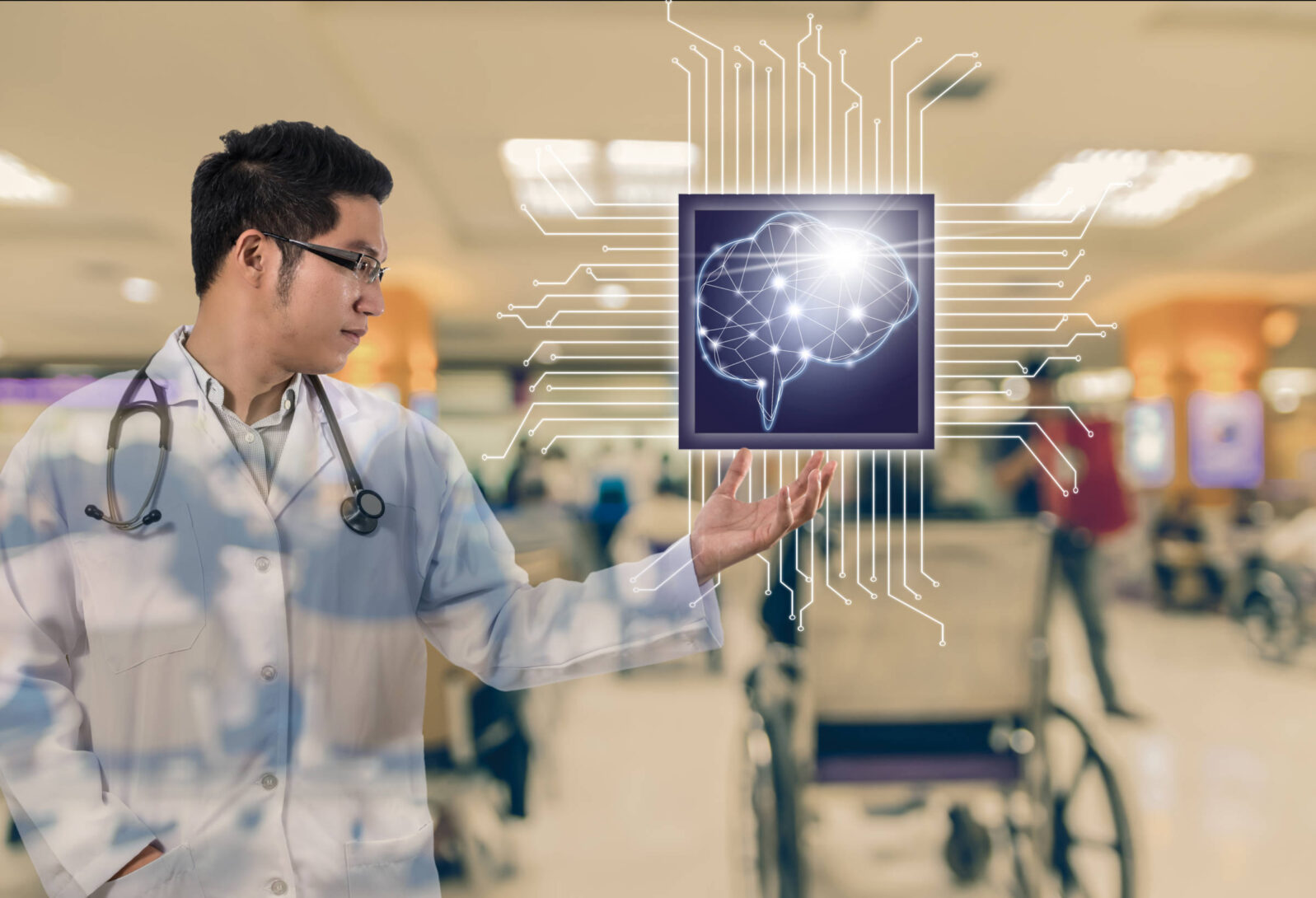How AI Can Make Medicine Better—or Not
Experts offer some real-world cautions about powerful new AI toolsOn some topics we hear mostly bad news (the weather, for example). But AI medical advances is one topic on which we are likely to hear mostly good news. For example, we will hear that artificial intelligence has identified a new antibiotic:
Using a machine-learning algorithm, MIT researchers have identified a powerful new antibiotic compound. In laboratory tests, the drug killed many of the world’s most problematic disease-causing bacteria, including some strains that are resistant to all known antibiotics. It also cleared infections in two different mouse models.
The computer model, which can screen more than a hundred million chemical compounds in a matter of days, is designed to pick out potential antibiotics that kill bacteria using different mechanisms than those of existing drugs.
Anne Trafton, “Artificial intelligence yields new antibiotic” at MIT News
That’s the power of AI, to motor through unimaginably large numbers of calculations. But much else must happen between the lab and the pharmacy shelf, the mouse model and the patient, before the gains are realized.
One of the greatest advantages of AI-driven techniques is quicker diagnoses. New AI techniques (deep neural networks) can diagnose brain tumors faster, in conjunction with ultrasound, according to a report in Nature. The tissues are usually diagnosed while the patient is on the operating table, so cutting down on the time required for the job is critical:
The traditional method, which requires sending the tissue to a lab, freezing and staining it, then peering at it through a microscope, takes 20 to 30 minutes or longer. The new technique takes two and a half minutes. Like the old method, it requires that tissue be removed from the brain, but uses lasers to create images and a computer to read them in the operating room.
Denise Grady, “A.I. Comes to the Operating Room” at New York Times
AI in radiology could be especially useful in India where, for example, there are only approximately 10,000 radiologists for a billion people.
But sometimes the problems are trickier. We were also told recently about a new robot that draws blood efficiently:
A device like ours could help clinicians get blood samples quickly, safely and reliably, preventing unnecessary complications and pain in patients from multiple needle insertion attempts,” said lead author Josh Leipheimer, a biomedical engineering doctoral student in the Yarmush lab in the biomedical engineering department in the School of Engineering at Rutgers University-New Brunswick.
Rutgers University, “New robot does superior job sampling blood” at ScienceDaily
But we also learn that the researchers’ next goal is to improve the success rate It is currently only 87% because some patients among the 31 participants in the study had veins that were hard to access. The success rate for the 25 participants whose veins were easy to access was 97%.
It sounds promising, but consider: The main problem is with the patients whose veins are hard to access. Doubtless, the robotic success rate will improve over time but, as with the antibiotic, we are looking at an improvement that must proceed by degrees, not a eureka moment.
However, not all areas of medicine are poised to benefit in the same way. First, not every problem is solved by newer or quicker information. As Christie Aschwanden pointed out at Wired recently, earlier diagnosis, of Alzheimer may have no impact on the course of the disease (though it might help with planning). And more sensitive and frequent diagnosis of some illnesses is not an obvious benefit:
Consider the Apple watch’s feature to detect atrial fibrillation, a type of heart arrhythmia that’s a risk factor for stroke. Atrial fibrillation is treated with blood thinners, which have side effects that can turn a minor fall into a life-threatening injury. If you’re truly in danger of having a stroke, that’s a risk worth taking. What about people whose atrial fibrillation was picked up by their smartwatch, though? Traditionally, the condition is diagnosed when someone comes into the doctor complaining of symptoms; now Apple monitors healthy people without symptoms and finds new cases that may have never shown up in a clinic. It’s not clear whether this group of patients would see the same net benefit from treatment.
Christie Aschwanden, “Artificial Intelligence Makes Bad Medicine Even Worse” at Wired
Medicine involves many risks, benefits, and tradeoffs. Early diagnosis, for example, can certainly be defended on a right-to-know basis. But that is not the same thing as saying that it reliably improves outcomes or even enjoyment of life. If a powerful AI method reliably detected the very early onset of Alzheimer, it might ruin a senior’s early retirement years without changing the outcome much. Getting the most from AI will include determining the relationship between what it can potentially do and what will provide a medical benefit.
Further reading:
AI can help spot cancers but it’s no magic wand. When I spoke last month about how AI can help with cancer diagnoses, I failed to appreciate some of the complexities of medical diagnosis. (Brendan Dixon)
and
Coronavirus in a world without trust. In China, medical heroism thrives despite both paranoia and justified mistrust of authorities. (Heather Zeiger)
